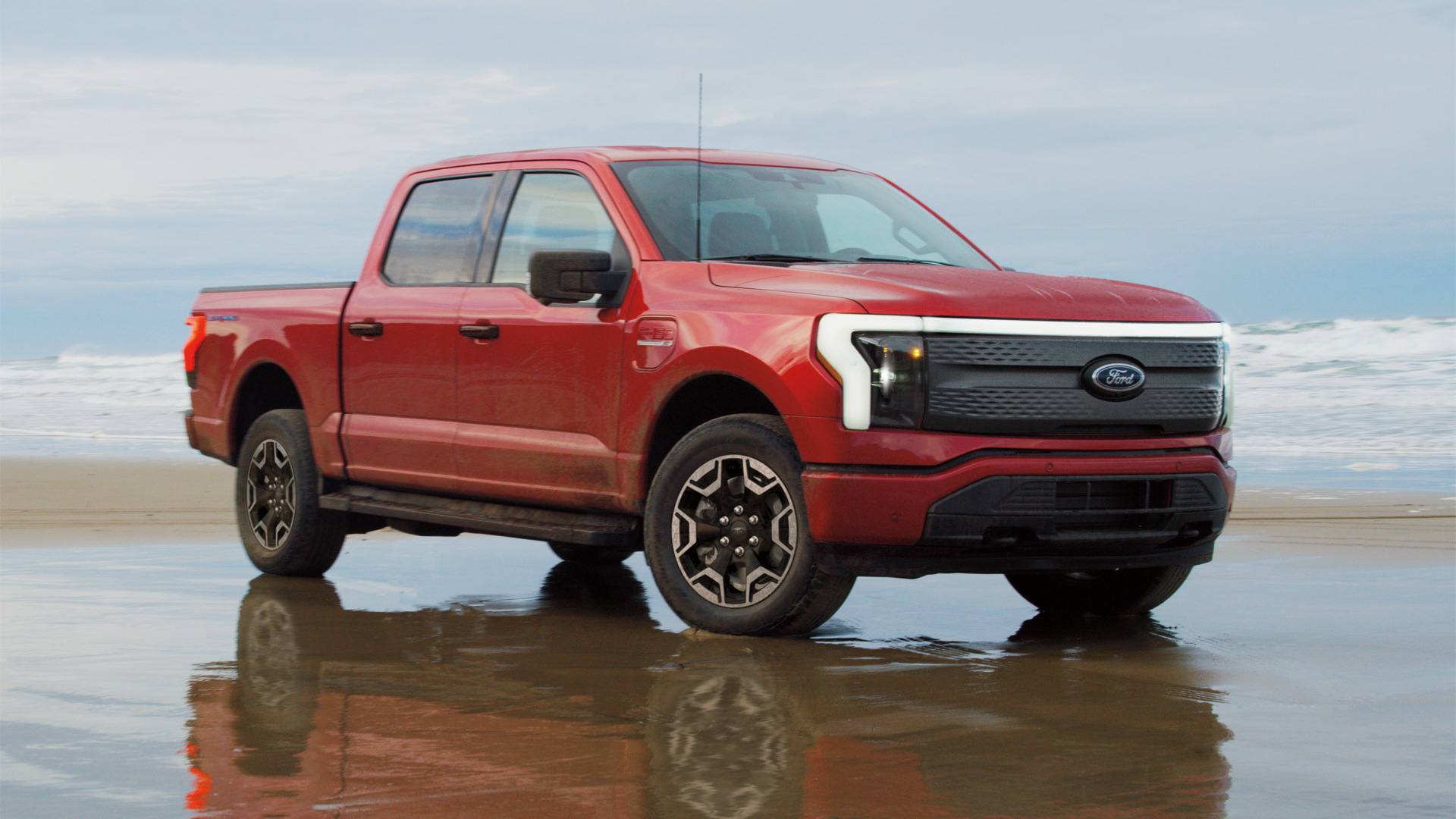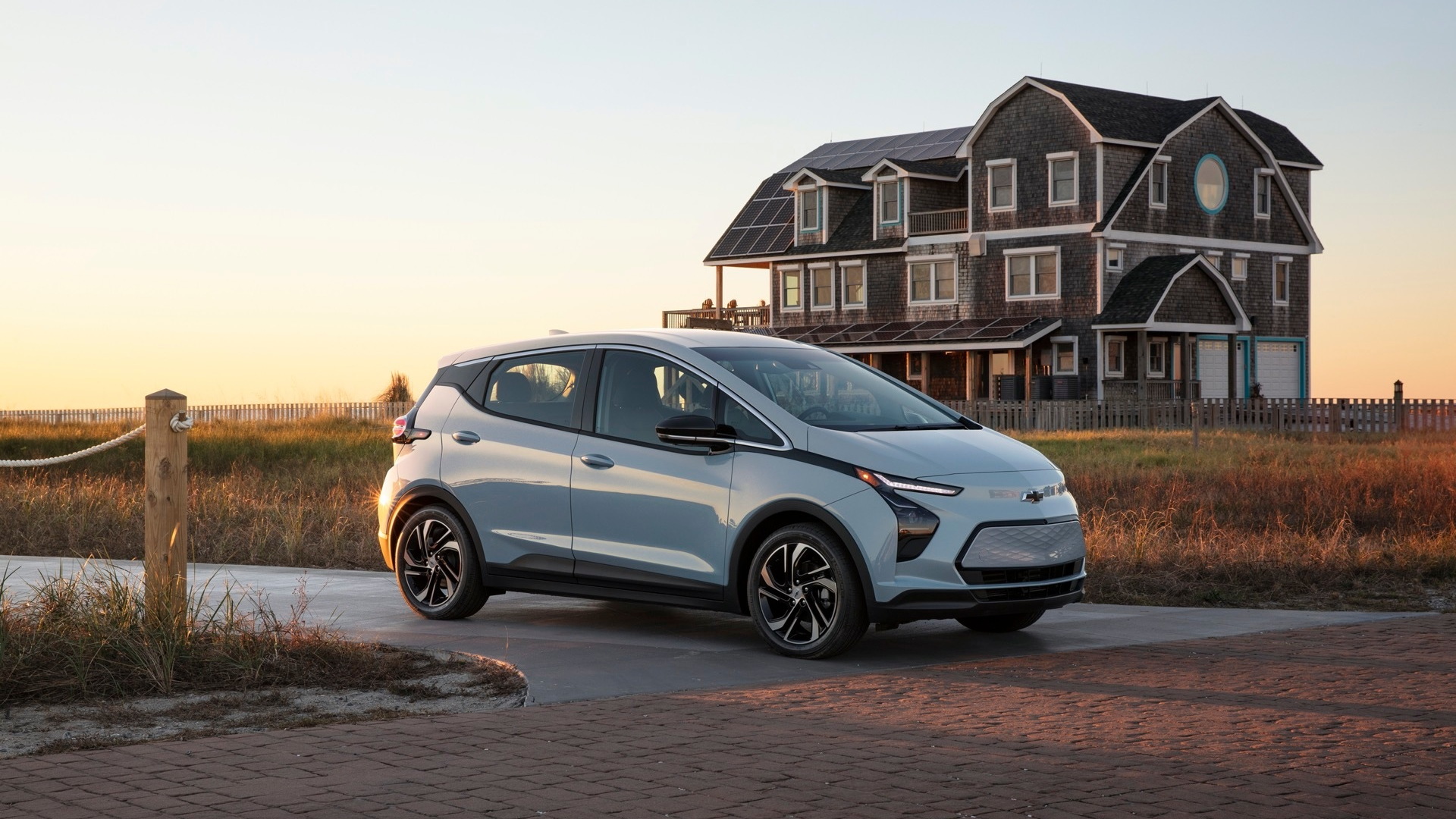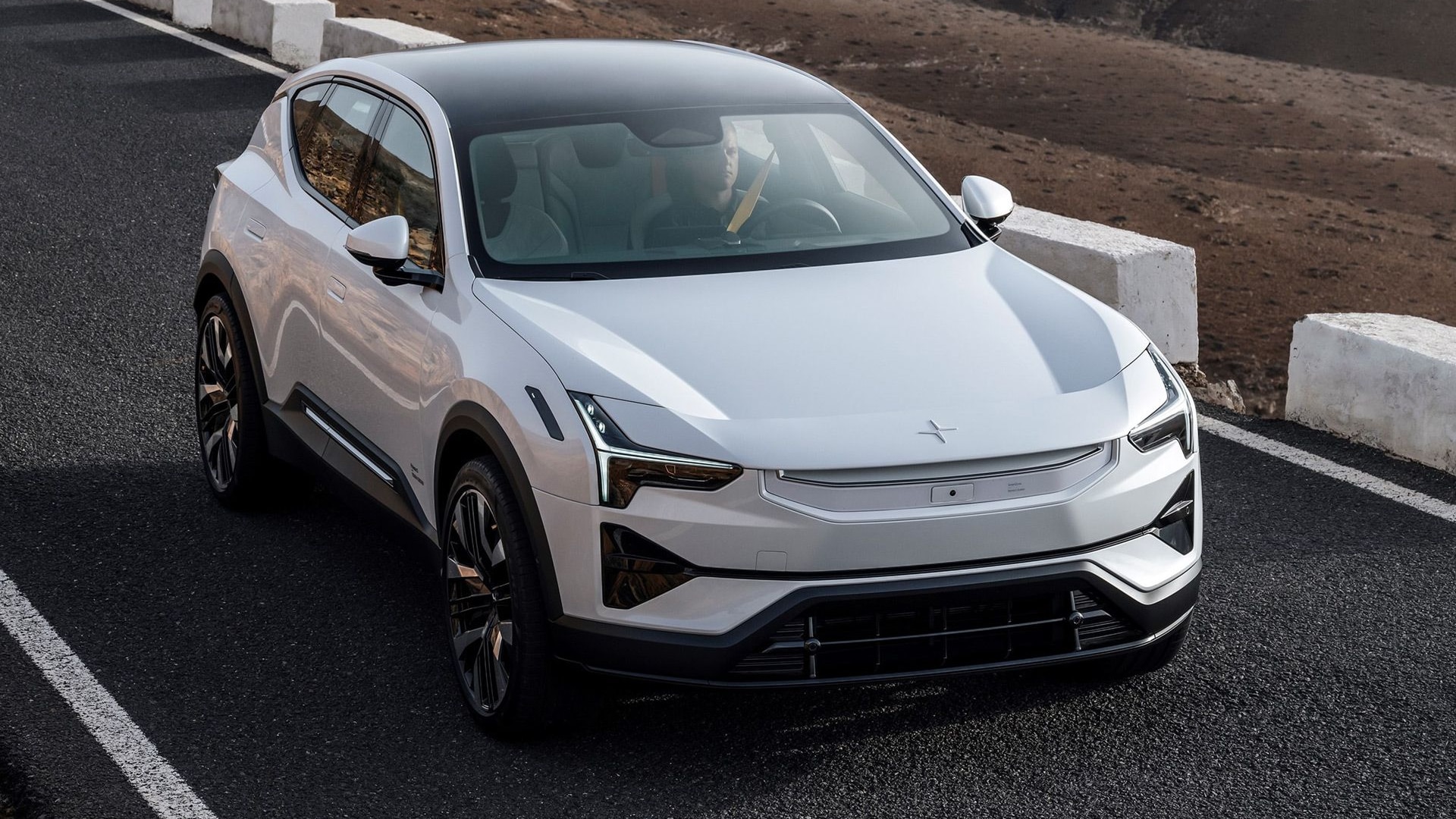You can break down car companies into three groups, depending on their electric-car activities.
The leaders are Nissan, General Motors, BMW, and upstart Tesla, all of whom have developed purpose-built plug-in cars.
The followers are most of the large players in the global industry, who largely adapt existing cars to plug-in powertrains in smaller volumes. They include Ford, Volkswagen, Daimler, and Mitsubishi.
The laggards are those who build no plug-ins at all, or only the minimal number of compliance cars--and clearly see little near-term future for plug-in electric cars. Those companies include Honda, Toyota, and Chrysler among the big players, along with Subaru, Mazda, and other small makers.

2013 Nissan Leaf, Nashville area test drive, April 2013
Nissan-Renault: big player
Of the big players, Nissan and its alliance partner Renault have now sold more than 100,000 battery-electric vehicles since December 2010.
Mitsubishi is next, with more than 25,000 of its i-MiEV electric minicar; Tesla is catching up, with about 17,000 Roadsters and Model S cars combined to date.
We've found that most electric-car advocates seem to take it as an article of faith that every carmaker will offer plug-in vehicles in volume within a few years.
Suppose that's not the case?
We'll dig more into the numbers, but we're trying something new here: crowd-sourcing a bit of the article research to our remarkably knowledgeable readers.
Selling ZEV credits
As noted last week by Bloomberg, both Nissan and Tesla now sell California zero-emission vehicle credits to other makers that help them comply with the ZEV mandate instituted by the state's powerful Air Resources Board.

Light-duty vehicle type scenario, now-2050 (California Air Resources Board)
Starting in 2015, that mandate ramps up in volume and applies to more than the current six best-selling makers in the state.
Tesla has said it's not assuming any revenue from ZEV -credit sales beyond the end of the current year.
But if its sales continue on their current trajectory--and Nissan manages over the next year or two to get closer to its production capacity of up to 250,000 electric vehicles a year--could that take the heat off other makers?
Asking for your help
So here's the question: Is it mathematically possible that Nissan and Tesla together could earn and sell enough ZEV credits to other makers from 2015 through 2017 that one or more could avoid having to build and sell zero-emission vehicles altogether?

2012 Toyota Prius Plug-In Hybrid, Catskill Mountains, NY, Oct 2012
Various writers at Wired magazine have tried crowdsourcing some of their research from time to time, and we thought we'd do the same.
The quality of our comments has never been higher, and often our readers know more than we do.
And, sadly, ZEV-credit math is not something we can spend as much time researching as we'd like.
It's just a little too ... esoteric ... despite its importance to the direction of the industry.
What do you know about ZEV credits?
Together, we'll see if the collective Green Car Reports readership can create an article on a topic which its editors are struggling to find time.
Leave us links, tips, leads, and other relevant info in the Comments.
We promise to follow up with the results.
[hat tip: Brian Henderson]
_______________________________________________













